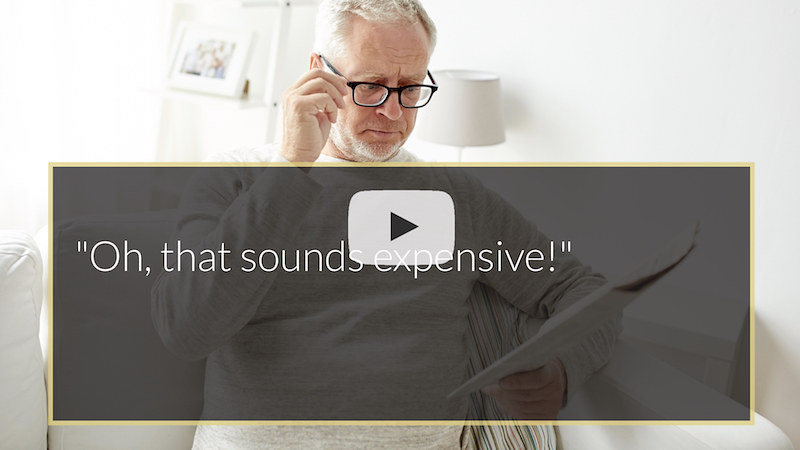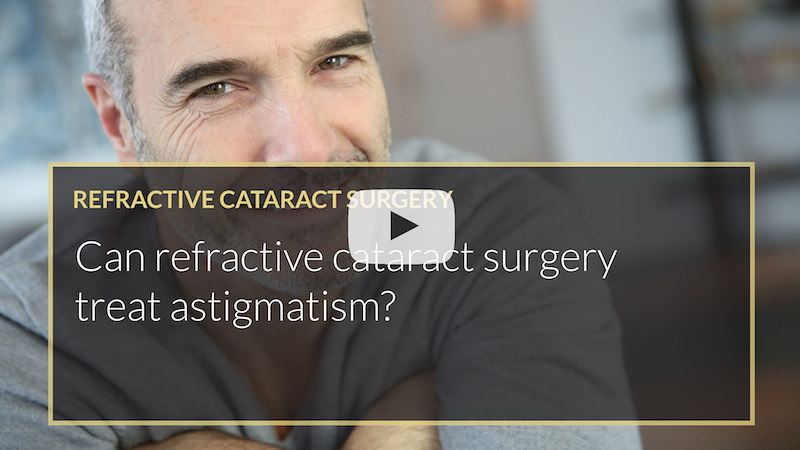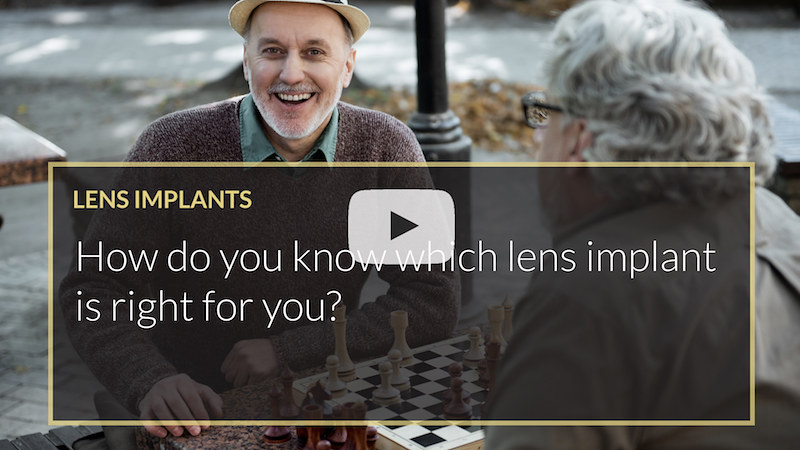Intacs- what are they?
INTACS or intracorneal rings, are clear, thin prescription inserts placed in the periphery of the cornea during a brief procedure.
INTACS inserts can treat:
- Keratoconus
- Pellucid marginal degeneration
- Corneal ectasia
INTACS inserts are a great solution if you are intolerant to contact lenses and if your only other option may previously have been a corneal transplant.
INTACS SK
INTACS SK corneal inserts are used to treat severe keratoconus, achieving a greater effect than regular INTACS in these advanced cases.

Intacts - how do they work?
INTACS inserts reshape the curvature of the cornea from within, without removing any corneal tissue. You cannot feel them, and they are no more visible than a contact lens.
Imagine your cornea as a tent with a curved top. If you push out the sides of the tent, the top flattens. Similarly, when INTACS inserts are placed in the sides of the cornea, they flatten the central cornea and so reshape the cornea towards a more natural curvature.

INTACS inserts change the curvature of your eye by adding ultra-thin ring segments. They can be removed entirely if necessary, returning your eyes to their preoperative condition.
Adding volume in the periphery of the cornea causes a flattening effect to reduce the curve of the cornea more centrally. This reduces the degree of myopia and astigmatism, so improving the level of vision that can be achieved without glasses or contact lenses.
Furthermore, by reducing the corneal curvature, INTACS increase the likelihood of being able to fit and tolerate contact lenses. It may even be possible to use soft contact lenses to achieve the best visual results.
If you have keratoconus but are contact lens intolerant, the goal of the INTACS procedure is to improve functional vision with contact lenses or glasses and in some cases without them.
INTACS SK
The main difference is that the SK version is placed slightly closer to the centre of the cornea, with a diameter of 6mm. This gives a greater flattening effect on the cornea.
After the procedure
After the procedure, there may be a single small stitch in the cornea. If so, we will remove this after a few weeks.
We will give you drops to use after the procedure: Antibiotic / anti-inflammatory drops for four weeks and Lubricating artificial tear drops to use as required
We will arrange follow-up examinations and monitor you carefully after your procedure.
Intacts and Cross-linking (CXL)
If your keratoconus requires a combination treatment of INTACS followed by corneal collagen cross-linking (CXL), we will usually wait for 1 – 3 months after the INTACS before we proceed to perform CXL.
Intacts - Frequently Asked Questions
The INTACS procedure does not prevent you from having a corneal transplant in the future if this is required. However, INTACS may ultimately be found to delay or prevent the need for a corneal transplant, by helping to keep the cornea nearer to its natural shape.
INTACS treatment may sometimes not provide the desired outcome; the INTACS segments may extrude and need to be removed; the cornea may attract growth of blood vessels and the segments may need to be removed; and sometimes there can be thinning of the cornea over the INTACS segments.
The main alternative to INTACS is to continue with glasses or contact lenses as the main route to visual rehabilitation. If these have been unsuccessful they are likely to remain so as time passes by.
INTACS have a high success rate for treating contact lens intolerance and allowing patients to wear contact lenses more comfortably.
The success rate reduces the more advanced the keratoconus, so it is not possible to provide an overall success rate as a % since every case will be different and should be assessed individually.
The shape of the cornea will typically take three months (or longer) to stabilise, and during this time your vision will fluctuate. Only once the cornea has become stable should you consider glasses or contact lenses for definitive correction of any residual refractive error.
Some people choose to seek temporary glasses or contact lenses during the recovery period. There is no objection to this, but the prescription may change until the cornea becomes stable.
When might you need our treatment?

You’re over 45 and would love to read again without glasses
Unfortunately, reading glasses or varifocals get in the way of many of the things you most enjoy. Yes, spectacles help, but they are annoying little appendages that you lose or must clean to see clearly.

Your vision is yellowing, duller, and cataracts are forming.
The effect on your life can vary from being slightly frustrating, through to significantly affecting your ability to function independently, or even causing a devastating reduction in vision.
Enjoy a life free from cataracts, glasses and contact lenses in three easy steps

Talk to us
Request your consultation online or call us on 02922 550 201 and we’ll guide you towards an initial assessment.
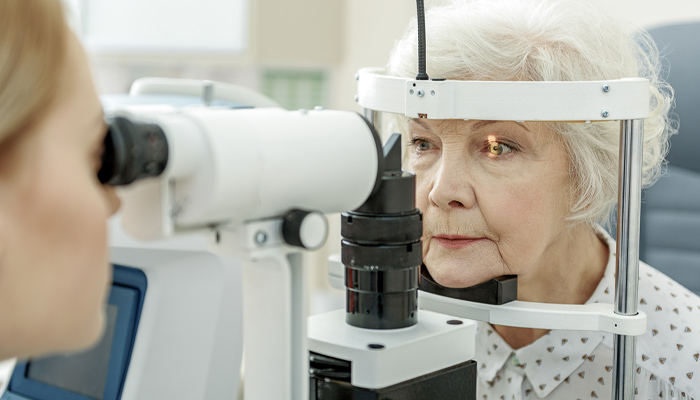
Meet your consultant
I’ll see you before treatment to ensure you’re a good candidate and treat you at one of my facilities in South Wales or Bristol.

Revitalise your eyes
I’ll supervise your aftercare as you begin to experience a life free of cataracts and glasses and contact lenses.

Discover the number one mistake patients make when choosing cataract surgery
Most people have cataract surgery without knowing about all the options they actually have surrounding cataract surgery. Unfortunately, most people only find this out after having cataract surgery. The information in this Wales Cataract Guide could save you frustration and worry. Simply click the button below to give us your email and we’ll send you this life changing guide:
Hear from our patients
With over 6300+ surgeries performed hear from just a few of my happy patients.
It’s been incredibly liberating to wake up in the morning and be able to see without reaching for my glasses.
I can go any anywhere and see anything near and far. I can see now as well as I could when I was 18 years of age which is incredible and I’m looking forward to clear vision for the rest of my life.
“No. 1 – My advice would be do it. No. 2 – See Mohammed if you can. I made the decision to not go down the NHS route because I wanted to see the best consultant – probably in the UK… It was absolutely worth it… because you can’t really put a price on your sight.”
“I don’t wear glasses at all now. I don’t need them. I was impressed by his professionalism, his calmness. He explained everything clearly and in layman’s language… I would say to anyone considering treatment: just do it. Don’t be afraid of it. It’s painless and it works.”
“I can’t speak highly enough of (Prof Muhtaseb). Nothing was too much trouble, you could phone anytime, day or night. I wish I had done it when I first started wearing reading glasses and just gone to Prof Muhtaseb then and got it done. I would do it all over again, but do it much faster.”
“I would definitely recommend the professor. I think his approach is perfect! If you have any anxieties at all – just check with someone who’s had the procedure done. I had no pain at all. I expected a little bit of discomfort – but no pain, that was good. It’s life-enhancing and that’s not something you can put clearly enough. I didn’t realise how green the trees were! It’s lovely!”
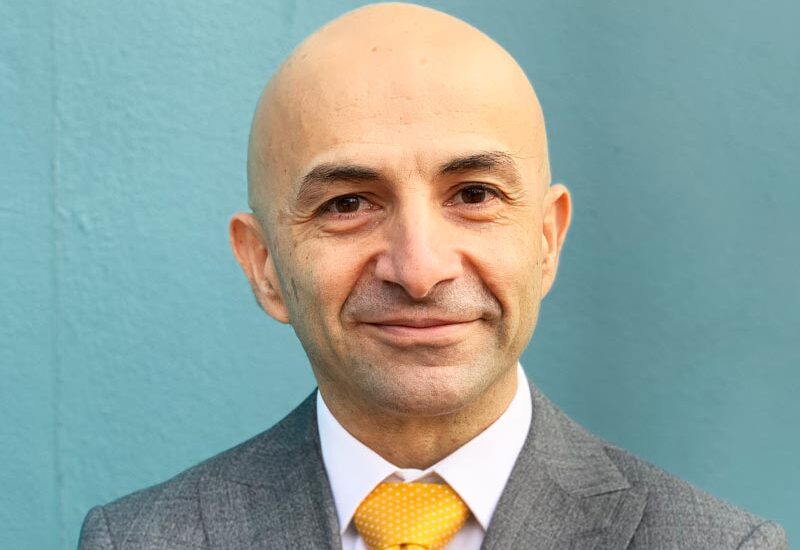
Prof Mohammed Muhtaseb, FRCOphth
Consultant Cornea, Cataract and Refractive Surgeon
Based in South Wales, he is one of the very few ophthalmologists working in the UK who is a fellowship-trained specialist in Cornea, Cataract and Refractive Surgery. He holds full specialist registration with the General Medical Council and was appointed as a Consultant in the NHS in 2006.
We are proud to be a part of these professional bodies
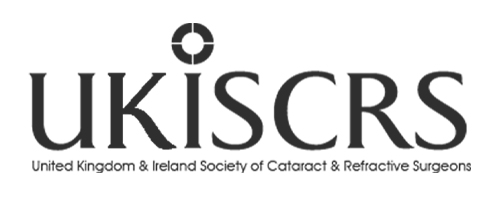

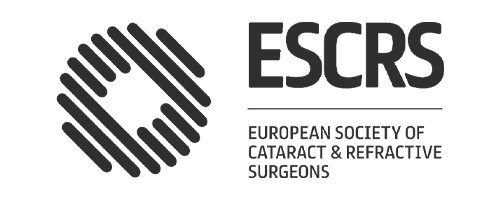


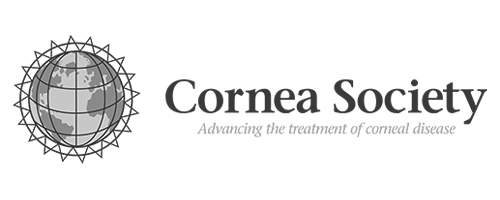
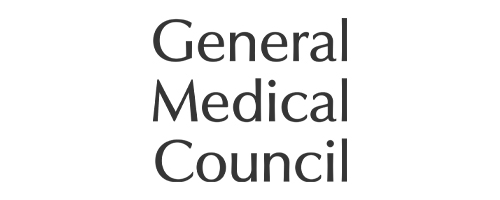

Learn more about eye conditions and eye treatments
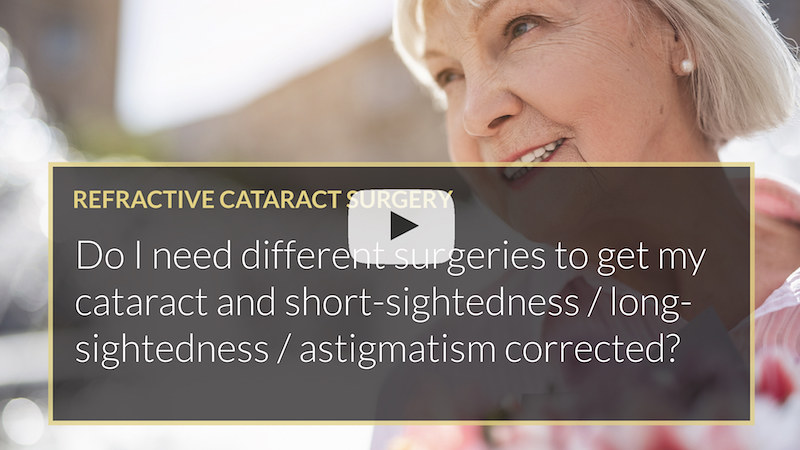
Do I need different surgeries to get my cataract and short-sightedness/ long-sightedness and astigmatism corrected?
